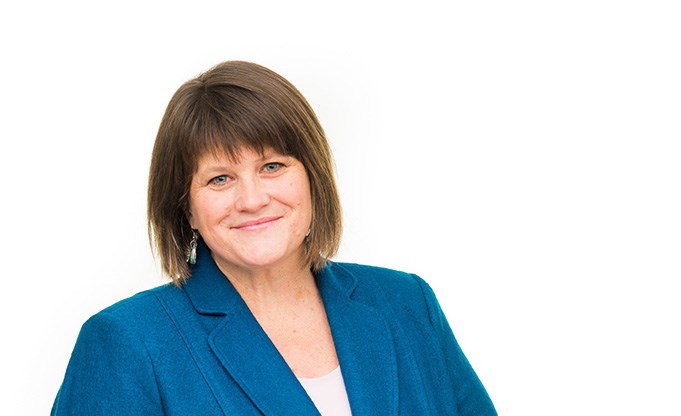What can spur economic development, spark revitalization, shape our collective consciousness, reduce crime, be a catalyst for change and inspire innovation while reducing stress and invigorating public spaces?
I’ll give you a hint. It’s often the first thing cut in a budget because it is seen as a “nice to have” or a frivolous waste of cash.
Yes, public art matters and it’s worth the cost.
Firstly, it’s one of those few things in life that is free; it doesn’t cost you to enjoy it or to gain value from it. It’s open and it’s available.
Public art is also extraordinarily viable and underappreciated as a fundamental driver of a local economy. Take this example from New York: The Waterfalls was a public art project that saw the construction of scaffolding at four sites in the Greater New York area that featured four manmade waterfalls illuminated by LED lights and powered by renewable energy sources during the summer of 2008. It cost $15.5 million and was funded completely by private donors and business. According to New York’s Public Art Fund, it exceeded $69 million in new revenue in the city during that four-month exhibit. Not a bad ROI.
Public art has been largely ignored during the past few decades in Squamish. But 2014-15 will prove to be a watershed moment for our community’s growing appreciation and relationship with art.
After more than 12 years, the logbooks are finally getting a permanent home as part of our cultural asset at the Adventure Centre.
Vancouver Biennale is entering its second year in Squamish as part of a two-year public art program that included works in 2014 by international superstars Vik Muniz and Hugo Franca and residency artists at Quest University from as far away as Bahrain and India under the theme “I have a Dream.”
One particularly inspiring residency project was Shweta Bhattad’s international “I have a Dream” community garden and worldwide farming initiative.
In this spirit, I hope to see a vertical hanging “I have a dream” garden on Municipal Hall this spring. And later in 2015, environmental consciousness and social action will come to life in the ethereal Blue Trees art installation.
I also hope that we take a fresh look at how we welcome people to our community in 2015 and instead of installing a generic welcome sign, we finally replace the long absent sign with an art installation/sign that really speaks to our uniqueness as a community. Yes, let’s jettison the generic.
Public art is much more than an economic development strategy. Intrinsically, it cultivates a vibrant cultural energy, a more dynamic, culturally relevant and connected community while igniting conversation and provoking discourse at the intersection of the past and future… the stuff money can’t buy.



